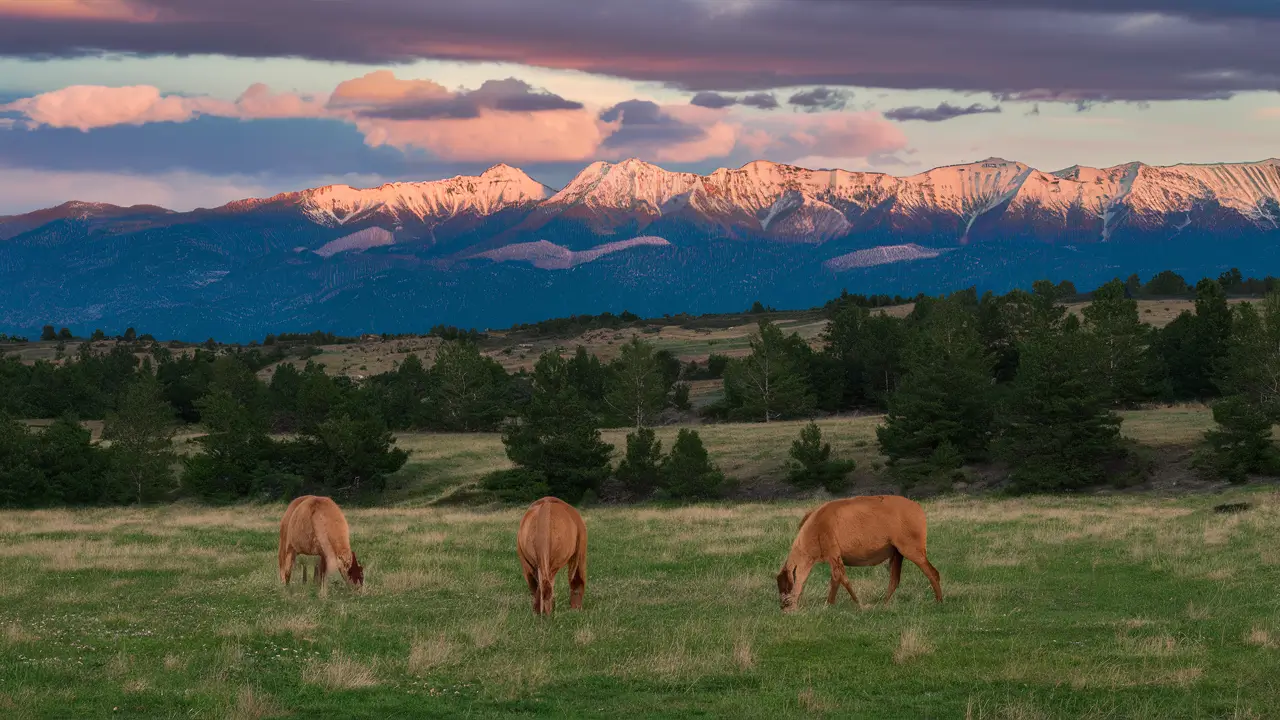
Colorado is often seen as an ideal place to live, work, and raise a family because of the beautiful mountains, colorful cities, and great weather. Yet following the increased population and economic development during the past several decades, the safety of Colorado has been speculated by some. In this paper, the main interest is to conduct a safety analysis of the state of Colorado using various statistics on crime rate, natural calamities, and transport safety among other factors.
Crime Rates
In assessing the factors that determine the safety of a state or city, crime rates are often the first figures that people look into. The good news is that Colorado has relatively low rates of violent and property crime compared to national averages:
Denver is the 15th safest city in the United States out of all the states. There are key violent crimes such as aggravated assault and robbery that happen at a lower frequency that is 25-35% below the national rate.
Similar results can be observed with the rates of property crime. It is important to note that Colorado’s rate of burglary, larceny, and motor vehicle theft is lower than the nationwide average.
This is also true for the most populated cities within the region of Colorado. Some of these are Denver, Colorado Springs, Aurora, and Fort Collins; all of which have been established to record less crime as compared to other large cities in the United States of America of similar population.
However, there are parts of some of Colorado’s urban centers that experience higher crime rates – though general personal security measures should always be taken – but the overall probability that you will be a victim of a crime in Colorado is less compared to the probability in other states.
Natural Disasters
One of the blessings for which Colorado can be grateful is that it is not subject to as many natural disasters as other parts of the country. There are no hurricanes in Colorado, tornadoes are even less frequent and, while there are earthquakes, they are not of a magnitude that would cause much devastation.
However, this does not imply that the natural hazards are a myth. There are two largely visible ones; wildfire and flash flooding.
With the increase in the population of Colorado, people are moving to the region regarded as the home of wildfires which poses a danger since these people’s property is at risk. Extreme conditions, such as the Marshall Fire that burnt over 1,000 buildings toward the end of 2021, have turned into an annual occurrence. But if there is careful preparation for the fire and attention to fires in critical dry seasons it could be prevented.
Flash floods are also very common in some parts of Colorado because of thunderstorms that develop in the mountains which cause walls of water to flow through valley bottoms. These floods commonly are fast rising and sometimes prove fatal such as the 1976 Big Thompson Canyon Flood in Colorado where over 140 people perished. Similarly, as with other natural disasters, the dangers associated with floods have been significantly reduced due to increased knowledge of prone areas and early warning.
Transportation Safety
All in all, one can state that, for some reason, the roads of Colorado are not as dangerous as the roads of other states, and are relatively safe, in terms of miles traveled. However, due to the nature of the terrain of the mountains and the challenges that come with driving through mountainous areas, the fatality rate per accident is higher than the average. Weariness, animal strikes, icy road conditions at times, sharp curves, and cliff edges are some of them.
In the current statistics from the CDC, Colorado stands as the 13th highest in motor vehicle mortality. However, the likelihood significantly decreases for experienced drivers who check their cars, drive safely within the recommended limit, avoid distractions while driving, and adapt to the snow conditions.
Aviation safety also enjoys a very high rating; it has been decades since the last fatal airline crash. The difficult terrain and flying conditions in Colorado ensured that training was heavily emphasized, which in turn created this safety culture among pilots.
Health & Security
Colorado always stands high in health surveys because of the lifestyle of the inhabitants which is very physically active and involves spending time in the open air most of the time, water and air are very clean, and there is easy access to very good health care.
The chances of violent confrontation and terrorist threats are scarce; however, Colorado has been targeted by multiple mass shooting incidents in the last quarter-century. The large turn-up in concerts, marathons, and other public events could easily present targets who are attacked at random. Yet, when comparing it to the rest of the sites in the world, the likelihood for the individual remains relatively low.
In conclusion, Colorado can be considered a rather safe state for those who are planning to move there or just traveling through with the numbers presented in the table being rather average for the most part. Just like with every place, there are always pros and cons, but violent crime, natural disasters, transportation, and health risks are lower than in 48 other states on average. Colorado drivers, if they adequately prepare themselves for potential disasters such as wildfires, floods, and various road conditions, can hardly endure very favorable safety conditions compared to other places to reside in the United States of America or even other parts of the whole wide world.

